Pho Binh restaurant at 7 Ly Chinh Thang street (District 3, Ho Chi Minh City) looks like an ordinary restaurant from the outside. However, inside that simple appearance is a treasure trove of documents about the bloody years of resistance when this place was the forward command post of Division 6 during the Mau Than Spring General Offensive and Uprising in 1968.
At that time, with a prime location, nestled in a residential area with many foreigners living, the pho restaurant naturally became a "safe zone", free from suspicion.
It was here that the officers and soldiers of the F100 Special Forces plotted and prepared for one of the turning point military campaigns in history.
Pho restaurant becomes "red base"
The ground floor of house number 7 is still home to the traditional pho restaurant, which was taken over and maintained by Ms. Nguyen Thanh Thuy - daughter-in-law of Mr. Ngo Toai (real name is Ngo Duy Ai, the founder of the restaurant) - and her siblings after Mr. Toai passed away in 1994.
Recalling her family’s revolutionary tradition, Mrs. Thuy said that her husband’s father used to be a worker at the Nam Dinh Silk Factory. When he was young, he actively participated in and organized many patriotic movements in the North. After the movement was suppressed, he was severely hunted down and forced to move to the South.

Photos of the old pho restaurant are hung on the ground floor (Photo: Cam Tien).
During the initial period of being cut off from the organization, Mr. Toai opened a pho restaurant in Gia Dinh (now Binh Thanh district) and named it: Pho Ha Noi , to make a living and quietly waited for the day to reconnect with his comrades and teammates.
Thanks to his family's traditional pho cooking skills, after a short time, his pho restaurant quickly became famous and crowded. Thanks to his good economic situation, he was able to buy more land, including house number 7.
The increasing number of customers visiting the restaurant was an opportunity for his teammates to find a way to contact Mr. Toai again. When there was a "special guest", he would give a special signal. The restroom behind the pho restaurant became the initial inspection site before the guest was taken upstairs to exchange information and discuss plans.
During the years of operation, Mr. Toai used the profits from the pho restaurant business to buy more real estate to cover up the enemy and spent most of it to buy food and weapons to serve the revolution.
In addition to Mr. Toai, there were also Mrs. Tran Thi My (Mr. Toai's wife), Ngo Thi Hieu (Mr. Toai's daughter), and Ngo Kim Bach (Mr. Toai's son-in-law) who all participated in revolutionary activities.
The command chose this place as a base because of its special location, right in the center, next to the US Department, convenient for observing and grasping the enemy situation. Therefore, the most dangerous place became the safest point.
The base operated so secretly that only when the information was published in Tia Sang newspaper on February 9 , 1968, did public opinion realize that for a long time, right in the heart of the enemy, there had been a "red base".
The small house holds more than 100 "special guests"
Ms. Thuy said that to hide from the enemy, many soldiers were assigned to act as pho restaurant staff, while also receiving documents, transporting cadres, and acting as liaisons.
For a long time, the pho restaurant operated normally, welcoming a bustling crowd of customers every day, but inside was a whole underground network of disciplined and urgent activities.
At the end of January 1968, the attack order was given. The pho restaurant was closed under the pretext of "Tet holiday". In fact, the owner's family and the commandos prepared food, medical supplies, and shelter. More than 100 soldiers gathered here, living in a two-story house, all of them had to sleep sitting up because there was not enough space.
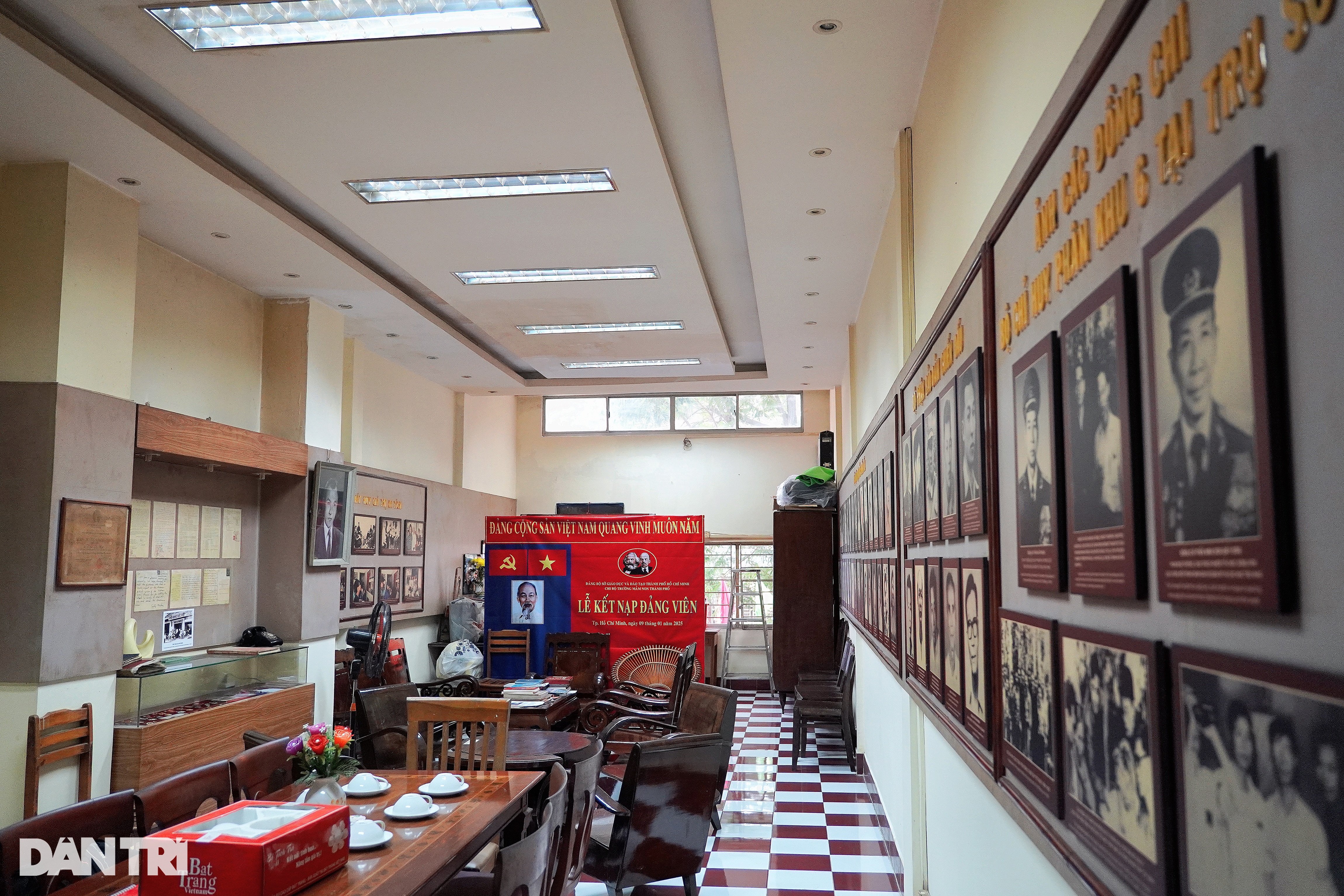
The space on the upper floor of the pho restaurant used to be the forward command post of Division 6 during the General Offensive and Uprising in the Spring of Mau Than in 1968 (Photo: Cam Tien).
On New Year's Eve, two flares from the rooftop signaled the start of the general offensive. The Special Forces' attacks simultaneously targeted the headquarters of the Saigon government. Also from this house, the division commanders transmitted orders everywhere.
However, not long after that, Saigon commandos surrounded the house. Although they promptly destroyed important documents, during the raid, 13 officers of the Command Center were still arrested, including the entire family of Mr. Toai and some comrades who had not yet retreated. Those who did not have a declaration were shot on the spot, the rest were escorted to the General Department.

Historical documents are kept on the upper floor of the house (Photo: Cam Tien).
At that time, thanks to the financial means to bribe the police, Mr. Toai's family escaped the death penalty. Mr. Toai himself was sentenced to 20 years of hard labor, and all of his assets were confiscated by the Saigon government.
According to her father-in-law, Mrs. Thuy said that was the most difficult period for the whole family when they had to live almost isolated between the residential area full of children and grandchildren and the Saigon government family, being discriminated against, shunned, and even having difficulty going to school for their children. It was not until 1973 that Mr. Toai was released in a prisoner exchange according to the policy at that time.
Continuing the family tradition
After 1975, the war ended and the pho restaurant reopened. Mr. Ngo Toai's family continued to sell pho to make a living as a way to preserve tradition.
Nowadays, many restaurants have sprung up all over Ho Chi Minh City, but Pho Binh still maintains its rustic and humble character. The red-yellow cement sign in front of the house stands out with the words: "Here, house number 7 Ly Chinh Thang (old Yen Do), since 1963 has become a place to contact and hide the cadres of the City Special Forces F100".
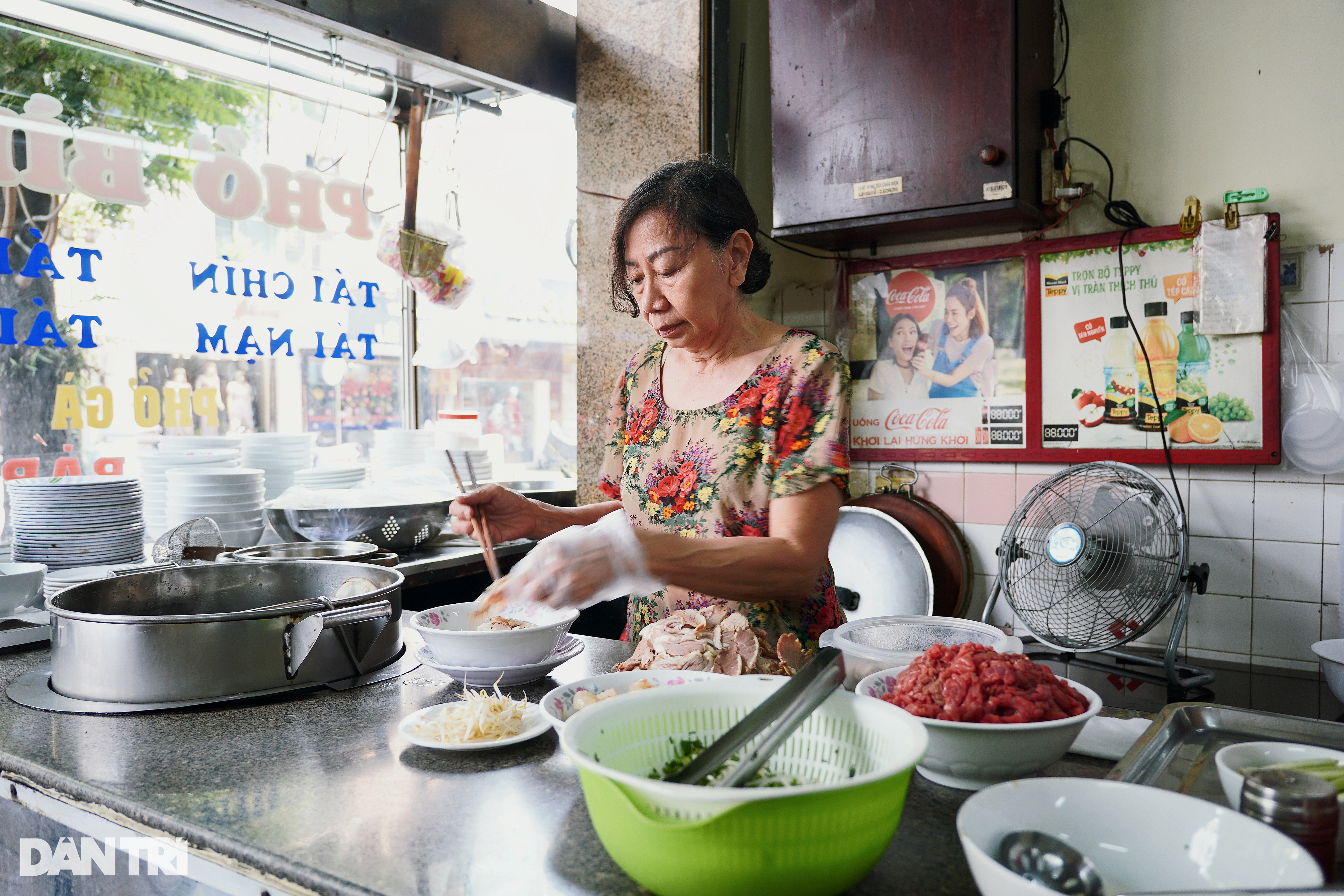
Ms. Thuy and her siblings took over their father's pho restaurant as a way to preserve family traditions (Photo: Cam Tien).
What keeps diners coming back is not only the aroma of the steaming bowl of pho but also the historical atmosphere here.
Ms. Thuy shared: "Compared to the golden age, the number of customers has decreased a lot. But my family still decided to keep the pho restaurant as a way to fulfill my father's last wish, to preserve the place that used to be a revolutionary base, and also a memory of the past."
On the upper floor of the pho restaurant, the relic site still welcomes a steady stream of visitors to visit and learn about history, mainly student groups and group guests. In particular, many organizations and units choose this place as the venue for Party admission ceremonies with the desire to add more sacred value and historical significance to the event.
During the months of April, the number of visitors is higher than usual. Each family will pay 20,000 VND to cover electricity and water costs and contribute to maintaining and preserving the relic space.
The kitchen area is located right in front, completely open to the view, allowing diners to easily observe the entire cooking process.
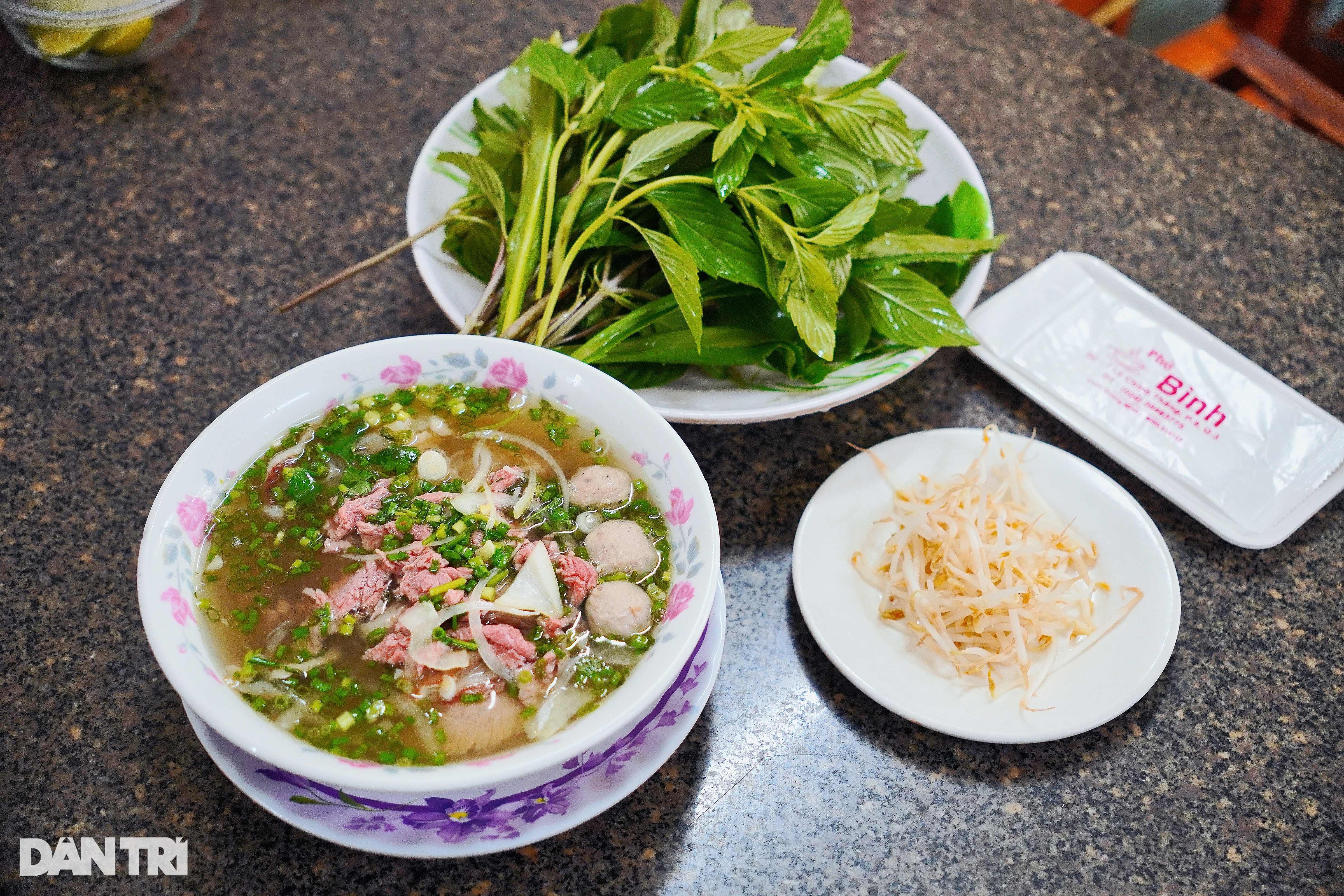
Special pho dish costs 85,000 VND (Photo: Cam Tien).
Each bowl of pho costs from 65,000 to 85,000 VND, which is not cheap compared to the general price level, but many people are still willing to pay because of the quality of the ingredients and the long history associated with the restaurant.
The first time visiting the restaurant and enjoying a bowl of pho in a nostalgic space, Ngoc Tien (an office worker in District 3, Ho Chi Minh City) commented: "I found the bowl of pho quite filling with many types of meat such as rare, flank, tendon and beef balls. The rare meat was just cooked, keeping its softness, aroma, and light fat but not tough at all. The broth was clear, with a sweet and quite harmonious taste."
Source: https://dantri.com.vn/du-lich/chuyen-ly-ky-quan-pho-ha-noi-tung-che-giau-100-chien-si-biet-dong-sai-gon-20250424104647901.htm


![[Photo] General Secretary To Lam receives Chief of the Central Office of the Lao People's Revolutionary Party](https://vphoto.vietnam.vn/thumb/1200x675/vietnam/resource/IMAGE/2025/5/30/140435f4b39d4599a3d17975dfb444c5)
![[Photo] National Conference "100 years of Vietnamese Revolutionary Press accompanying the glorious cause of the Party and the nation"](https://vphoto.vietnam.vn/thumb/1200x675/vietnam/resource/IMAGE/2025/5/30/1cf6cd5c8a934ebfa347028dcb08358c)
![[Photo] Journalists moved to tears at the Memorial Service for the soldiers who died in Gac Ma](https://vphoto.vietnam.vn/thumb/1200x675/vietnam/resource/IMAGE/2025/5/30/9454613a55c54c16bf8c0efa51883456)

![[Photo] A delegation of 100 journalists from the Vietnam Journalists Association visits the soldiers and people of Truong Sa island district.](https://vphoto.vietnam.vn/thumb/1200x675/vietnam/resource/IMAGE/2025/5/30/0984a986227d4e988177f560d2e1563e)



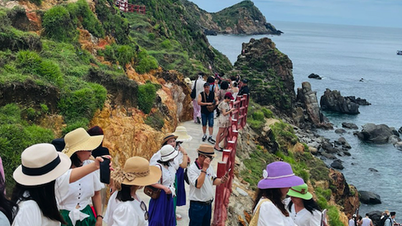



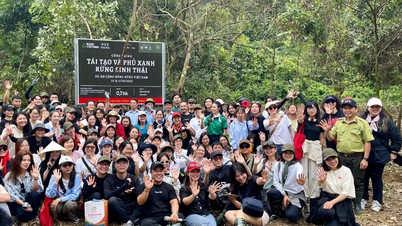
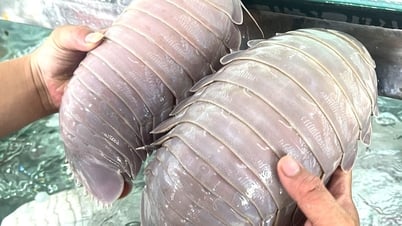

![[VIDEO] Conquering Ghenh Bang Da Nang: Overcoming difficult roads to hunt for breathtaking scenery](https://vphoto.vietnam.vn/thumb/402x226/vietnam/resource/IMAGE/2025/5/30/8b4e00397e55491fa119e538e6b81568)





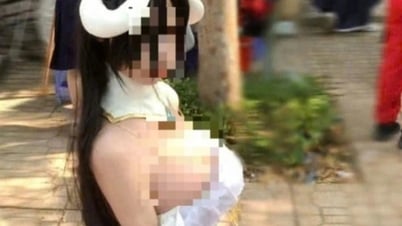
















































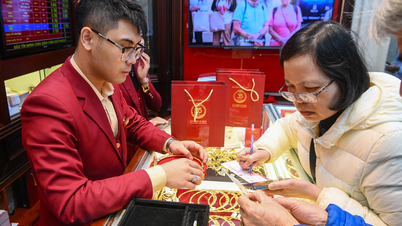















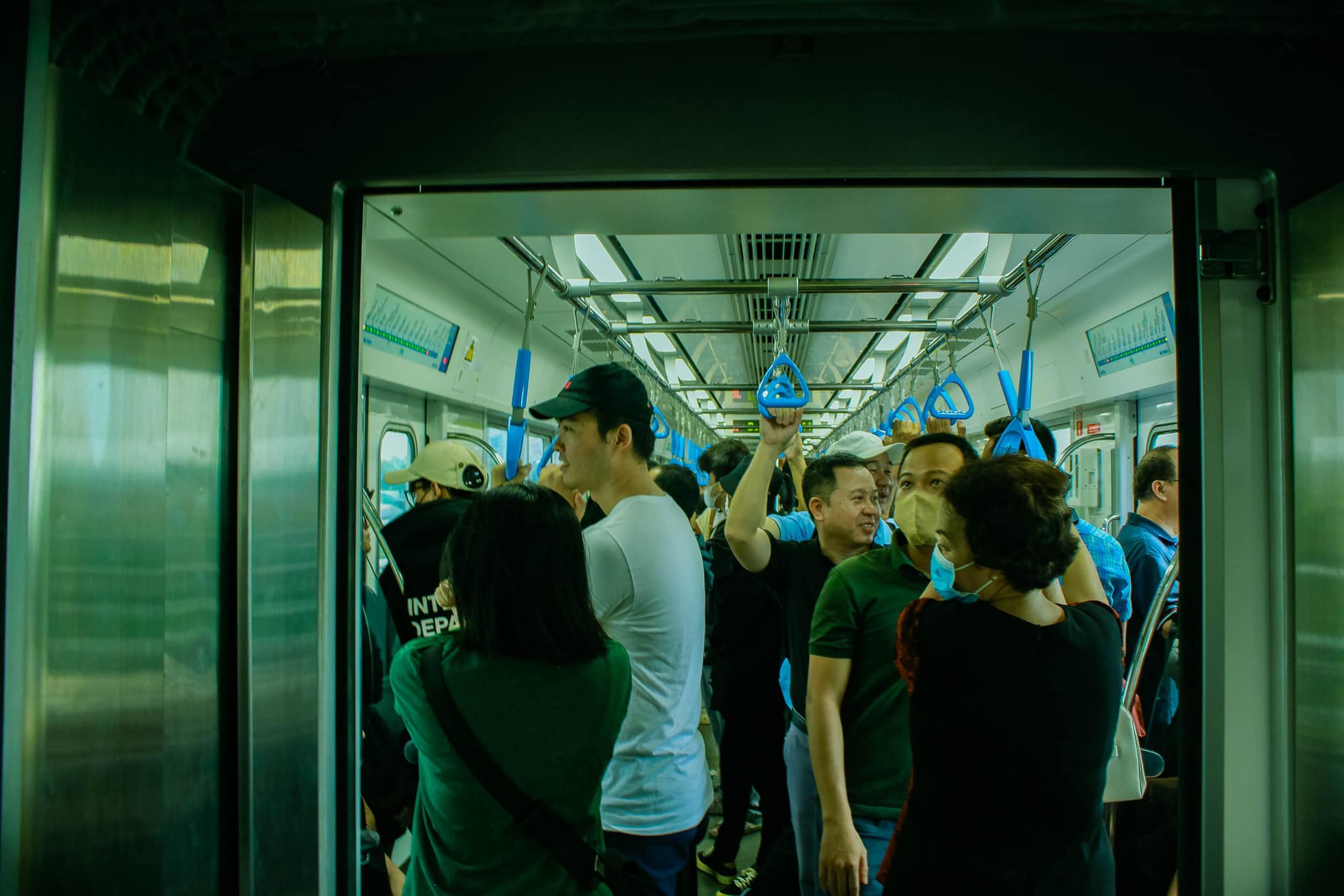



Comment (0)